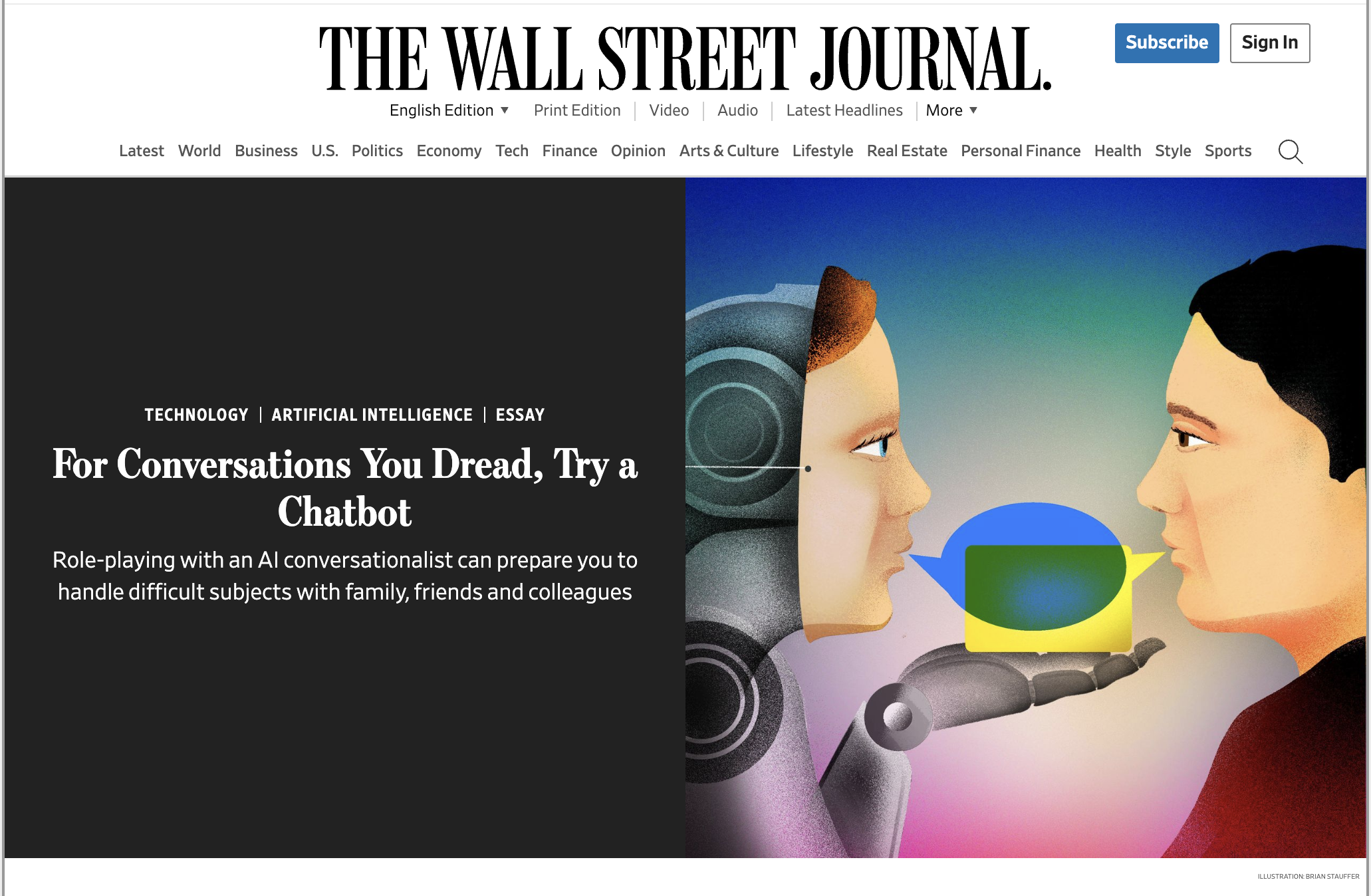Explore Analogies
One of the fundamental tenets of the design thinking worldview is that a problem should not be taken as given, but rather reframed, thus opening up new solution spaces and possibilities. This is a remarkable advance upon the conventional approach to problem solving, which rarely even questions the premise, namely, that we are solving the right problem. As renowned education reformer John Dewey once quipped, “A problem well-put is half-solved.” That being said, our experience shows that, while such reframing is necessary to generate breakthrough solutions, oftentimes a new frame in and of itself is insufficient to unleash a team’s breakthrough thinking. Having arrived at a compelling articulation of the problem, many teams still find themselves strangely at a loss for how to proceed beyond that point.
Sometimes, a new frame is almost instantaneously followed by a deluge of new possibilities; other times, crickets.
Rather than waiting around for lightning to strike, we recommend that teams in such circumstances take a more proactive approach, and deliberately provoke their own imaginations. One of the most effective, powerful, and fun tools we have created for such self-provocation missions is what we call “Analogous Exploration.” Borrowing heavily from the extensive research demonstrating the power of unexpected new combinations, we advocate that teams force themselves to seek out radically unexpected sources of inspiration in order to provoke their thinking. This means not only leaving the team room, and not only leaving the building, but also leaving the industry and the conventional definition of “competitor set” behind. This is not benchmarking.
One early application of this radical tool was with a struggling Semiconductor Company whose sales organization had been refined over time to cater predominantly to its largest customers (who ordered hundreds of millions of units annually). The company’s senior leaders felt they needed to “reinvent the customer experience for smaller customers,” and invited our collaboration. We brought in a handful of representatives from smaller companies who purchased much smaller volumes of their products, and conducted some very revealing empathetic interviews with these customers. The company employees were blown away to discover that delays and disruptions that hardly fazed their large customers were completely destabilizing to the smaller customers. In one particularly salient story, they learned about how a routine delay to their supply chain had caused a well capitalized upstart to entirely miss an important earnings forecast. Even more interesting was the behavior that their supply delay triggered in the customer: he began to place back-up orders from all of the company's competitors, in hopes that even one of these “untrustworthy suppliers” would be able to deliver on time.
Observing these conversations unfold from the outside, what was most surprising to me was that the company felt that this was an intractable, unsolvable problem, like finding Einstein’s unified theory in quantum physics. Despite the fact that they didn't know about the damage they had been inflicting, and were moved by the reality of the problem this posed for small customers, yet in their minds, supply chain disruptions were an existential reality in their industry, and due to the complexities of the industry, were unavoidable, however unfortunate they might be.
This is a classic case of a reframe on the original problem representing an important learning, but itself being insufficient to generate breakthrough solutions. As d.school founder David Kelley often says, “The problem is, fish don’t know they’re wet.”
Fortunately, we had anticipated that this team may need a little bit of help thinking outside of the box, and I had baked some time into our engagement to seek outside inspiration. So with a quick pivot to our schedule, we decided to ask the teams to consider: what other kinds of businesses manage to instill customer confidence despite some degree of supply chain uncertainty? We granted that their industry had not been able to solve the problem; but rather than admit defeat with that premise, we asked a follow up: had any industries solved it? At first it was hard to think of fitting analogies, but as soon as they left the building, ideas started flying: Hotels don't really know which of the folks who have booked rooms are going to show up at any given night, and which of them will be delayed or otherwise miss their flights; sushi chefs aren't always sure what the fishermen are catching; newspaper stands, and even flower shops, presented a unique perspective! As the teams began to engage with folks in these radically unexpected inspirational contexts, they discovered really interesting insights that had bearing upon their own.
One of the key things they discovered at a hotel front desk was that hotels share inventory levels across organizations to make sure that travelers aren’t homeless, even when a particular location is booked. Because the semiconductor industry is a famously secretive environment, it had never occurred to the team to so much as coordinate with any of their competitors to make sure that critical parts (which are largely interchangeable) are available should there ever be a surge in demand. From a local florist, they learned the power of being transparent across a supply chain: the particular florist that the team spoke to show them how she not only communicated with her delivery people to understand what was on their trucks, she also communicated with the farmers who supplied her business, so that she could understand what they were cutting, and what they were planting. This kind of visibility across various supply chain partners helped the florist plan for holidays and big events, and it helped the semiconductor company too: they instituted a radical new information-sharing agreement with their largest distribution partner, which they believe is one of the largest supply chain innovations in their industry in the last 50 years.
The COO of the company jokingly confided later that they had been watching the competition closely, but the competition didn’t know how to solve their problems either! By deliberately seeking out unexpected sources of inspiration, the organization was able to jump-start revolutionary innovations that serve the smaller businesses every bit as well as they already did the large customers. We have since seen Australian financial services organizations glean insights for how to establish trust with new customers from a barber shops & tattoo parlor (those are fascinating stories), Israeli tech companies learn from farmers’ markets, New Zealand fisheries take notes from prominent tea purveyors and bespoke coffee shops, and Japanese conglomerates attracting top-tier millennial talent based on insights from a rock climbing studio and a spinning class.
Despite their differences, one critical commonality among each of these environments is that the teams positioned to solve the newly-defined problem lacked the requisite inputs to trigger fresh ideas. Imagination is fueled by fresh input, and yet all too often, teams are stuck in a conference room, post-it pads in hand, banging their heads against an all-too-ironically spotless whiteboard. Analogous Exploration is a tool to help folks get out of their context on purpose, with intention, to come back with the inspiration they need to fuel fresh thinking.
Related: Leveraging Analogies
Related: Leveraging Analogies, Part 2
Click here to subscribe to Paint & Pipette, the weekly digest of these daily posts.










Cleverly deploying AI is not merely speeding up innovation—it's unlocking a fundamentally different relationship with the creative process. Here’s how to shift from operation, to orchestration.